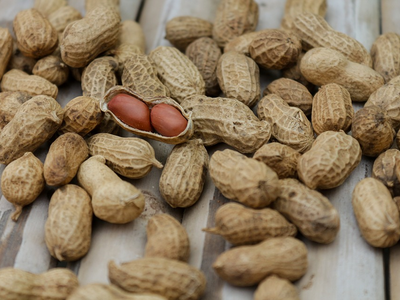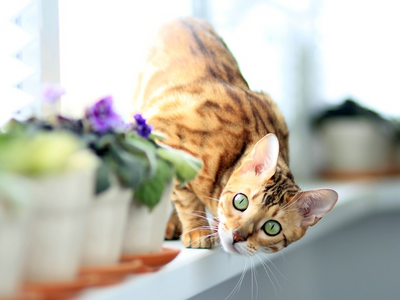20.01.2022
Can cats drink lactose-free milk? Untamed offers definitive answers
A common pop-culture-influenced misconception is that cats should drink milk.
The truth is that our furry friends typically struggle with lactose because they lack the enzymes to digest it. Since fresh milk is a no-no for kitties, cat parents opt for lactose-free products to provide an additional source of hydration or occasional treat for their feline companions.
Lactose-free milk would solve issues caused by this particular sugar, but does eliminating lactose make milk healthy for cats?
This article will tackle the following topics:
- Reasons why regular milk might fall into the forbidden food category
- Symptoms of milk intolerance and allergies
- Lactose-free products and their compatibility with feline nutritional needs
- Milk-based treats safe for cats

Mum said I can’t have any, but I beg to differ!
Source: Pexels
What kind of milk can cats drink (if any)?
If your furry friend reacts badly to milk, you have four options:
- Lactose-free cow milk
- Goat milk
- Plant-based milk
- Specially formulated lactose-free milk for cats
Can cats drink lactose-free cow milk?
Human-grade lactose-free cow milk is safe for cats to drink, but there is a caveat to it—it does not add nutritional value to your cat’s diet and is considered redundant.
Is goat milk a better option?
Goat milk contains less lactose than cow milk, and many specialists claim it’s easier on sensitive feline tummies, but if your cat has adverse reactions to lactose, goat milk is not an option.
Can my cat drink plant-based milk?
Plant-based milk substitutes, such as almond milk, soya milk, coconut milk, and many others, are excellent alternatives for lactose-intolerant humans, but are they good for cats?
Take a look at the table below to learn about the effects of different plant-based milk products on cats:
|
Milk |
Effect on the feline digestive system |
|
Soya milk |
Cats lack the enzymes necessary to metabolise carbs and absorb the protein from soya. Another problem with soya is that it contains phytates that can stop mineral absorption and block the production of enzymes cats need to digest protein properly. A high concentration of soya in your feline’s diet can lead to liver damage, or in more severe cases, total failure |
|
Almond milk |
Despite the lack of lactose, almond milk contains a high concentration of fat and can lead to gastrointestinal problems, such as vomiting and diarrhoea. Some veterinarians claim almonds even cause pancreatitis in cats |
|
Coconut milk |
Feline specialists and veterinarians believe coconut milk has the same effect on the feline digestive system as almond milk |
Most plant-based milk alternatives are additionally sweetened during production, so they are junk food for cats.

Having forgetful cat parents means extra food for me!
Source: Public Domain Pictures
Special lactose-free milk for cats—trick or treat?
If you have a lactose-intolerant kitty, you are probably familiar with the rising trend of specialised cat milk products. The cat-safe milk is not lactose-free—it contains the added enzyme lactase to help your feline digest lactose properly.
Most specialised cat milk products on the market might also contain additional:
- Vitamins
- Minerals
- Malt extract (has a laxative effect and improves digestion and the passage of ingested cat hair)
Keep in mind that these products usually contain taste enhancers and thickeners like carrageenan and guar gum.
Should (lactose-free) milk be a part of my cat’s diet?
There are several factors to consider before making milk a part of your cat’s diet:
- Your kitty’s potential allergy or intolerance to milk
- The amount of milk you’re giving to your cat
- The amount of food your cat eats daily
How do I know if my cat’s allergic or intolerant to milk?
To check whether a milky treat will cause an upset stomach in your cat, follow these steps:
- Offer your kitty a teaspoon of milk (or any other dairy treat)
- Monitor your cat’s behaviour for 12 hours
- Check the litter box from time to time
If your cat gets an upset stomach from milk, the symptoms will show within 12 hours. Should your cat show an adverse reaction to milk, seek immediate medical assistance and avoid the ingredient altogether. Intolerance causes unpleasant symptoms, but allergies can be life-threatening.
Balance is key
The two main reasons for avoiding feeding your cat milk are allergies and intolerance, but you should also keep in mind that milk is highly caloric, and if fed too often, your cat will inevitably gain weight.
Some cats adore milk. If your kitty doesn’t suffer from milk allergies or intolerance, you can give it as a treat, but you need to know how much. Feline nutritionists claim that treats should only be 4% of your cat’s calorie intake. If an average four-kilo cat eats around 240 kcal daily, how does milk fit into the picture?
Let’s take a look at the caloric values of different kinds of milk and compare them to the daily calorie requirements of an average-sized adult cat:
|
Type of milk |
Kcal per 100 ml |
% of daily calorie intake |
Allowed daily amount |
|
Whole cow milk |
68 |
28% |
One tablespoon |
|
Semi-skimmed cow milk |
47 |
20% |
One tablespoon |
|
Skimmed cow milk |
35 |
15% |
One and a half tablespoon |
|
Goat milk |
71 |
30% |
Three-quarters of a tablespoon (or one and a half teaspoon) |
Cats are carnivores, so their diets shouldn’t include milk or other dairy products. Dairy works as an occasional treat and nothing else, so if your kitty isn’t obsessed with milk, exclude it altogether.
Cow milk and lactose—why are cat parents looking for substitutes?
Most people assume cats need milk for hydration, which is wrong because cats drink water for hydration, as humans do. Although not toxic, cow milk can and will cause a stir in your furry friend’s stomach.
The problematic ingredient is the sugar called lactose. Nursing kittens have a specific enzyme called lactase which enables them to break down high lactose content in their mother's milk. Lactase production gradually reduces when kittens start weaning (slowly transitioning to solid foods). When kittens reach their sixth month, lactase drops to adult cat levels, insufficient to digest milk properly.
Unfortunately, lactose intolerance isn’t the only potential risk. Feline specialists believe a protein called casein is the cause of dairy allergies in cats.
What can happen if my cat drinks cow milk?
Ingesting small amounts of milk typically won’t harm your kitty, but you shouldn’t use it as the main source of nutrition and hydration.
Feline lactose intolerance and dairy allergies cause a series of unpleasant symptoms, such as:
- Gas
- Nausea
- Bloating
- Hair loss
- Itchy skin
- Diarrhoea
- Dehydration
- Swollen eyes
- Loss of appetite
- Abdominal cramps
- Weight loss (due to diarrhoea and decreased appetite)
Whether your cat suffers from lactose intolerance or allergies, you must restrict milk and dairy in their diet. If your feline likes milk, they'll probably seize every opportunity to have a taste, so take the following precautions:
- Seal bottles tightly
- Buy cup covers
- Lock cabinets
- Close your fridge properly
- Don’t leave leftover food out in the open

They’re distracted! Now’s the time to strike! They won’t even notice the milk is gone!
Source: Freepik
My cat got her paws on my glass of milk, help!
If your kitty manages to slurp your glass of milk, you will have to monitor them closely for the next 12 to 24 hours. Should they display any symptoms of bowel irritation and other digestive disturbances, you will have to call your vet.
There’s no permanent medical solution for lactose intolerance or milk allergies, but the vet will suggest a hypoallergenic diet and administer supportive treatments, such as:
- Antihistamines
- Decongestants
- Antidiarrhoeal agents
- Probiotics
What should I feed my cat, then?
A cat’s diet must consist of meat because the feline digestive system best absorbs nutrients from animal sources. The most important nutrients in a healthy feline diet are:
|
Nutrient |
Sources |
|
Protein |
|
|
Fat |
|
|
Vitamins |
|
|
Minerals |
|
Cats are unable to produce some essential nutrients by themselves. Out of 22 essential amino acids, cats can synthesise only 11. The rest (taurine and arginine being the most important ones) cats get from meat and fish.
How to recognise high-quality cat food
It’s every cat parent’s wish to treat their feline to gourmet, homemade food, but most of them don’t have time to cook for their furry friend, and that’s okay! Store-bought cat food can be as good as homemade meals if you know what to look for!
Quality cat food should be:
- Nutritional
- Ethically produced
The nutritional aspect of high-quality cat food
The nutritional characteristics of high-quality cat food are:
- High moisture content—Science says that the ideal moisture content in cat food is around 70%, and wet food meets that criteria. The high moisture content in jelly and gravy cat food prevents dehydration and urinary tract problems
- High protein and low fat content—Feline nutritionists claim that cat food should have more than 50% protein and up to 20% fat
- No vegetable or animal derivatives—These ingredients are leftovers from the human food industry, adding no nutritional value to your cat’s meal plan
- Use of natural ingredients—Brands claiming their cat food is natural mustn’t use artificial ingredients and are restricted to mechanical food processing
Dry food is popular because it’s affordable. Unfortunately, most commercial products are nutritionally insufficient because they contain:
- Too little moisture
- Too much plant protein (vegan cat food is not a viable solution)
- Grain fillers
- Animal derivatives
- Artificial colouring and flavouring
Cat biscuits aren’t completely off the table, though. Dry food supports good dental and oral hygiene in cats. It also helps stray cats and those with medical conditions regain weight due to its high caloric content. If chosen carefully and combined with wet food, water, broth, or soup, dry food can have a place in your cat’s diet. If you’re using broth or soup, make sure they’re low in sodium, as it’s toxic to cats.
The ethical aspect of high-quality cat food
The best cat food should be made from sustainably farmed whole meat. The raw-ingredient suppliers should run cruelty-free and eco-friendly operations.
You will also notice that ethical brands strive to be transparent, which typically shows in two ways:
- Simple and precise ingredient lists
- Additional labels regarding sustainability and food production standards
Untamed—a synonym for a healthy feline diet
We put your furry friend’s health and well-being above all else.
Our love for cats shows in our products because:
- They have enough moisture to keep your cat hydrated (78% to be exact)
- Our ingredients come from cruelty-free, sustainable sources
- Meat and fish are of human-grade quality
- We don’t use meat derivatives, vegetables, or iffy fillers
Untamed packaging is recyclable because we believe our planet should be safe and beautiful for future generations of cats and humans!

Can I get my treats without the cuddle part?
Image (c) Untamed
Formulated by vets for fussy cats!
All our recipes are vet-formulated, and you can tailor a particular meal plan to keep your cat full, happy, and healthy, no matter their age, breed, or size. Are you struggling with a picky eater? Don’t fret because even the most finicky felines can’t resist high-quality ingredients gently steamed to retain natural goodness.
Here are some positive effects cat parents noticed after switching to Untamed:
- No hairballs
- More energy
- Soft and shiny coat
- Stronger immune response
- Natural weight management
- No tummy aches or runny stools
If you want to give healthy delicacies to your cat every day, order Untamed now!
Treat your furry friend to the feline cuisine they deserve—get the Untamed trial pack!
Your kitty will probably be over milk as soon as they get Untamed!
To order our cat food trial pack online, follow these steps:
- Visit our TRY NOW page
- Complete our short quiz
- Select a meal plan
- Order the trial pack
With Untamed's affordable monthly cat food subscription, you get regular pet-pantry supplies delivered to your doorstep—with free shipping. You can always customise your order to comply with your cat’s wishes.

Shame on you, hooman! You knew about this, and I’m trying it only now!
Image (c) Untamed
Is milk entirely off the table?
Many cat parents treat their furry friends to products made of fermented milk. No scientific testing has been done to prove the impact of fermented milk on felines, but some specialists claim that:
- Fermented milk contains less lactose than its fresh counterpart, so it’s less likely to cause digestive problems
- It could be beneficial to your furry friend’s health because of probiotics
Although not harmful in small amounts, keep in mind that fermented milk is supposed to be a treat and not a staple of your cat’s diet.
Cat parents who allow their furry friends to occasionally munch on treats based on fermented milk typically opt for:
- Cottage cheese
- Yoghurt
- Kefir
How much is too much, though?
On average, one tablespoon of any product made of fermented milk typically equals the caloric value of the same amount of whole milk, so you should size your treats accordingly.
When giving fermented milk to your cat for the first time, experiment with a tiny amount because felines can be allergic to it too.
Additional tips from Untamed
Milk isn’t the only food causing digestive problems and allergic reactions in cats. Here are some foods you can offer to your cat in moderation, and others you should avoid at all costs:
|
Foods you can offer to your cat in moderation |
Foods that are harmful to your cat |
|
|
Fruits |
Vegetables |
|
|
|
|
Lean deli meats (such as ham) make a good treat if fed in tiny amounts. The high fat and sodium content in some cured delicacies (bacon, for example) could turn a treat into a threat in no time.
Raw food (eggs, fish, and meat) is a controversial topic in the world of feline nutrition. Some veterinarians claim that a raw meat diet (typically consisting of raw chicken) is the closest thing to a wild cat’s diet, but the truth is, with today’s food processing methods, raw meat isn’t fresh enough for your kitty and usually contains various dangerous pathogens.
Vets also strongly advise against switching your cat to a raw diet before consulting a specialist since raw meat requires special preservation procedures to avoid exposing your furry friend to parasites and bacteria.
Check out our other guides to what cats can or cannot eat:
|
|

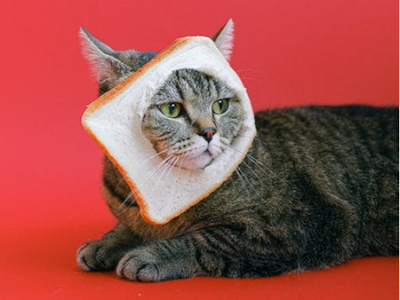
![Associated image for Best food for Ragdoll cats in the UK [Broken Down]](http://untamed.com/cdn/shop/articles/featured_best_food_for_ragdoll_cats_uk_400x300_crop_center.jpg?v=1646818249)
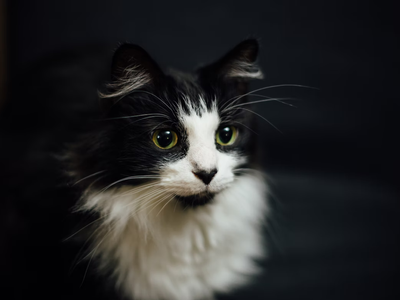
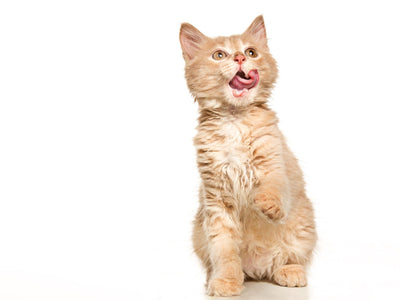
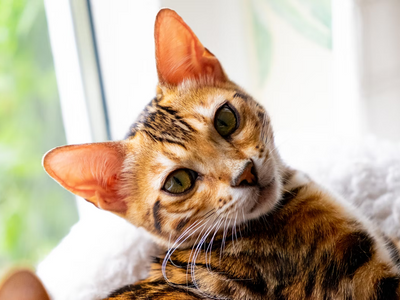
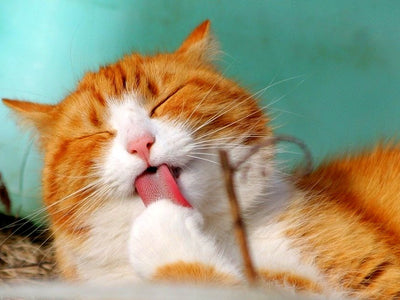
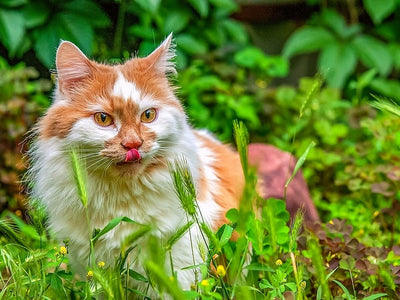
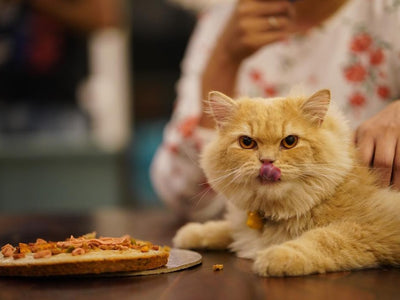
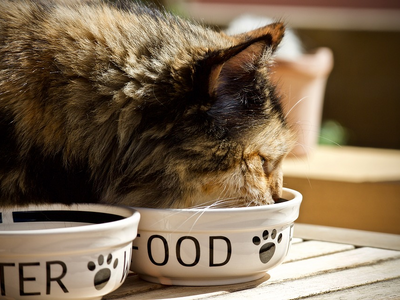
![Associated image for What human food can Sphynx cats eat? [Comprehensive list]](http://untamed.com/cdn/shop/articles/what_human_food_can_sphynx_cats_eat_Featured_400x300_crop_center.jpg?v=1648705074)
